Growth of E-commerce Platforms
The expansion of e-commerce platforms is reshaping the retail landscape, particularly within The Global Denim Industry. Online shopping has gained traction, with a notable increase in sales attributed to the convenience and variety offered by digital platforms. Data suggests that online sales of denim products have surged, accounting for a substantial portion of total market revenue. This trend is likely to continue as consumers increasingly prefer the ease of purchasing denim online, coupled with the ability to access a wider range of styles and sizes. Retailers are thus investing in their online presence to capture this growing segment.
Rising Demand for Sustainable Fashion
The increasing consumer awareness regarding environmental issues appears to drive the demand for sustainable fashion within The Global Denim Industry. As consumers become more conscious of their purchasing decisions, brands are responding by adopting eco-friendly practices. This includes the use of organic cotton, recycled materials, and water-saving technologies in denim production. Reports indicate that the sustainable denim segment is projected to grow significantly, with a compound annual growth rate of over 10% in the coming years. This shift not only caters to consumer preferences but also aligns with global sustainability goals, thereby enhancing brand loyalty and market share.
Technological Innovations in Denim Production
Technological advancements in denim production processes are revolutionizing The Global Denim Industry. Innovations such as laser technology, 3D printing, and automated manufacturing are enhancing efficiency and reducing waste. These technologies not only streamline production but also allow for greater customization and personalization of denim products. The integration of smart textiles is also emerging, with features such as moisture-wicking and temperature regulation. As brands adopt these technologies, they can offer unique products that cater to evolving consumer preferences, potentially leading to increased market competitiveness.
Influence of Celebrity and Social Media Trends
The impact of celebrity endorsements and social media trends on consumer behavior is particularly pronounced in The Global Denim Industry. Influencers and celebrities often set fashion trends, leading to increased demand for specific denim styles and brands. This phenomenon is evident in the rise of 'denim challenges' and viral fashion trends on platforms like Instagram and TikTok, which can lead to rapid spikes in sales for featured products. As a result, brands are increasingly collaborating with influencers to enhance their visibility and appeal to younger demographics, thereby driving market growth.
Shifts in Consumer Lifestyle and Fashion Preferences
Changes in consumer lifestyle and fashion preferences are significantly influencing The Global Denim Industry. The rise of casual and athleisure wear has led to a growing demand for versatile denim products that can be worn in various settings. This trend is reflected in the increasing popularity of relaxed fits and sustainable options, as consumers seek comfort without compromising style. Market data indicates that sales of casual denim styles have risen, suggesting a shift towards more laid-back fashion choices. Brands that adapt to these changing preferences are likely to capture a larger share of the market.
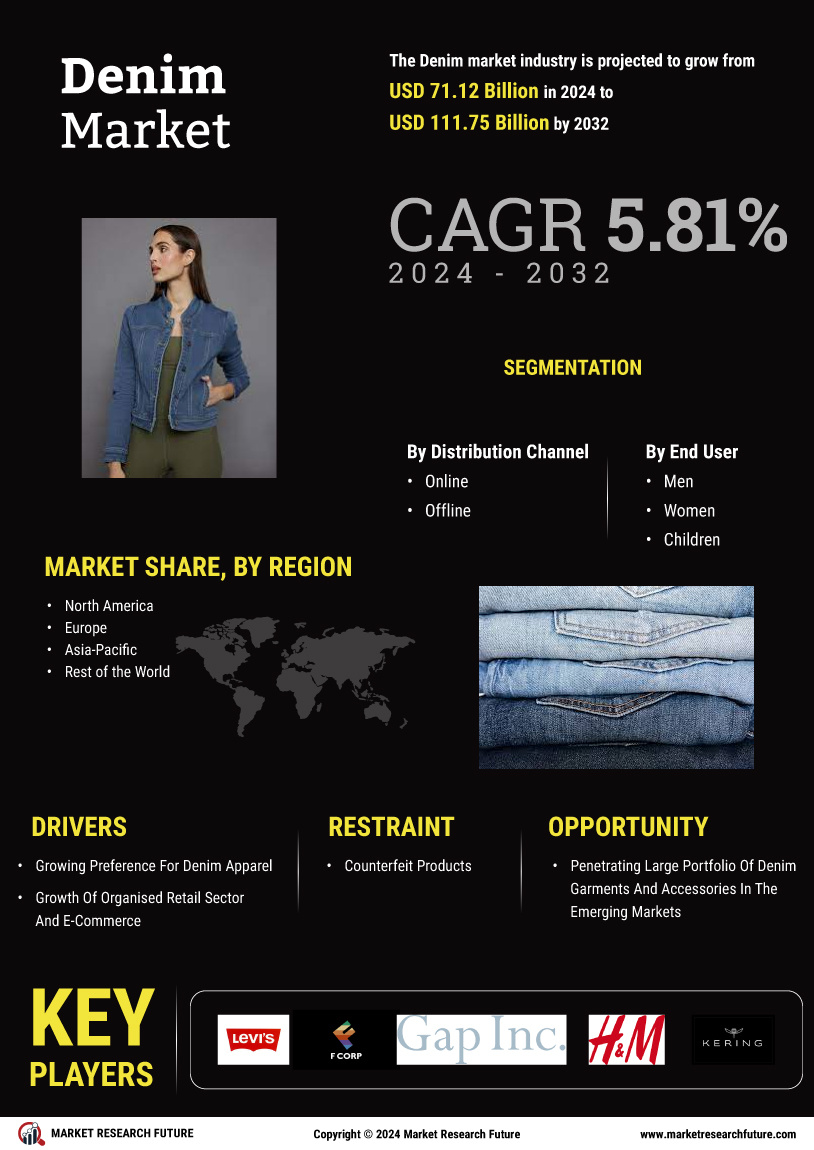

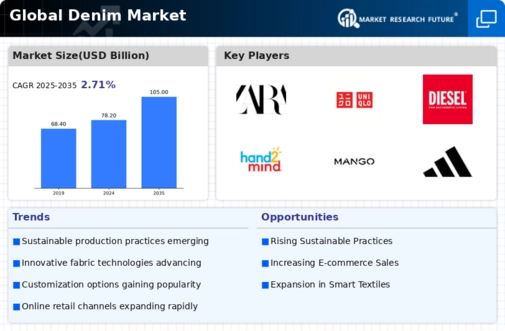
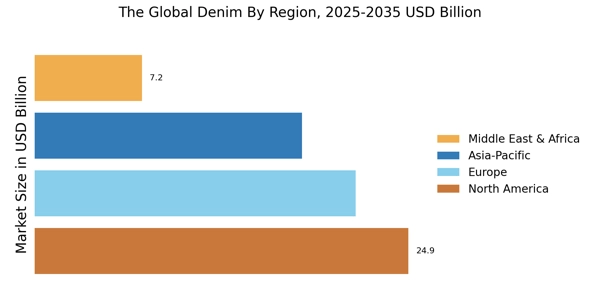

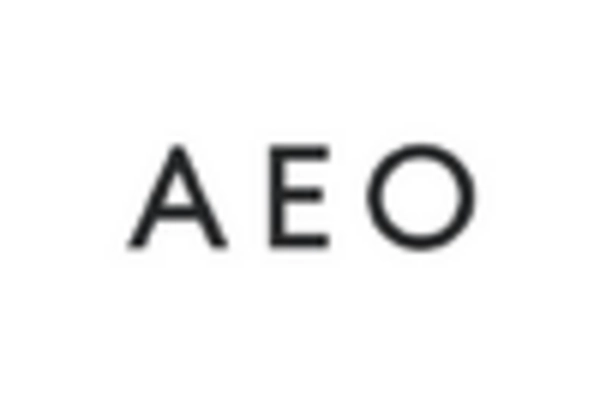
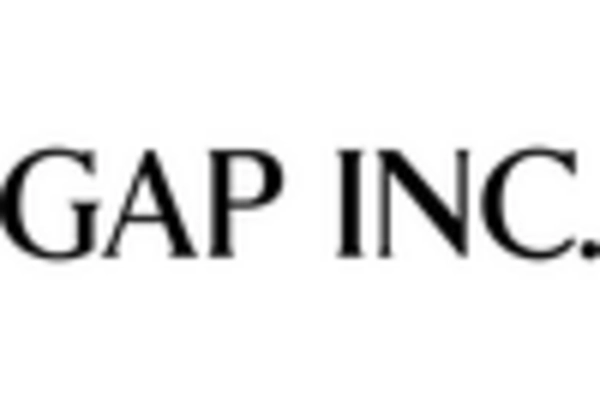
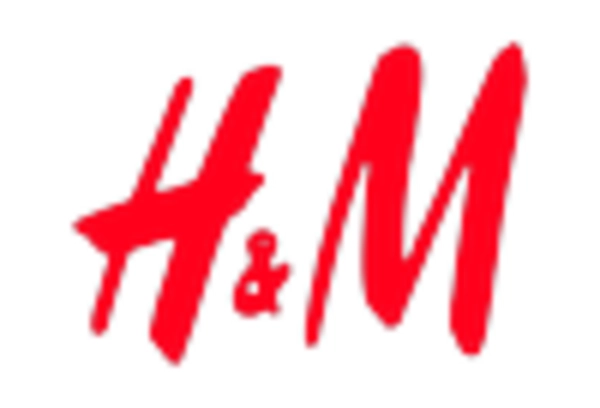
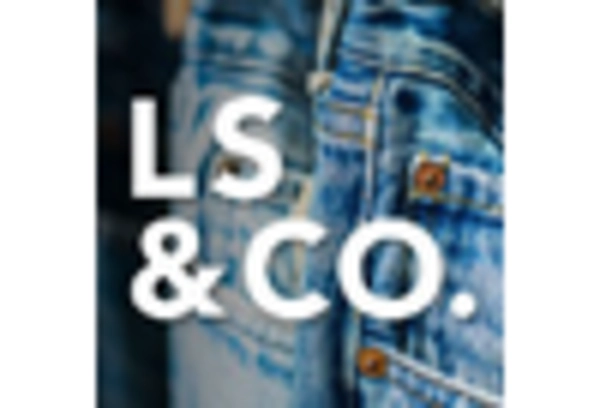
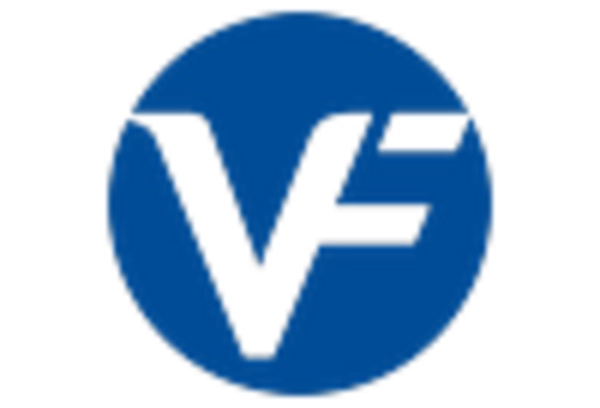








Leave a Comment